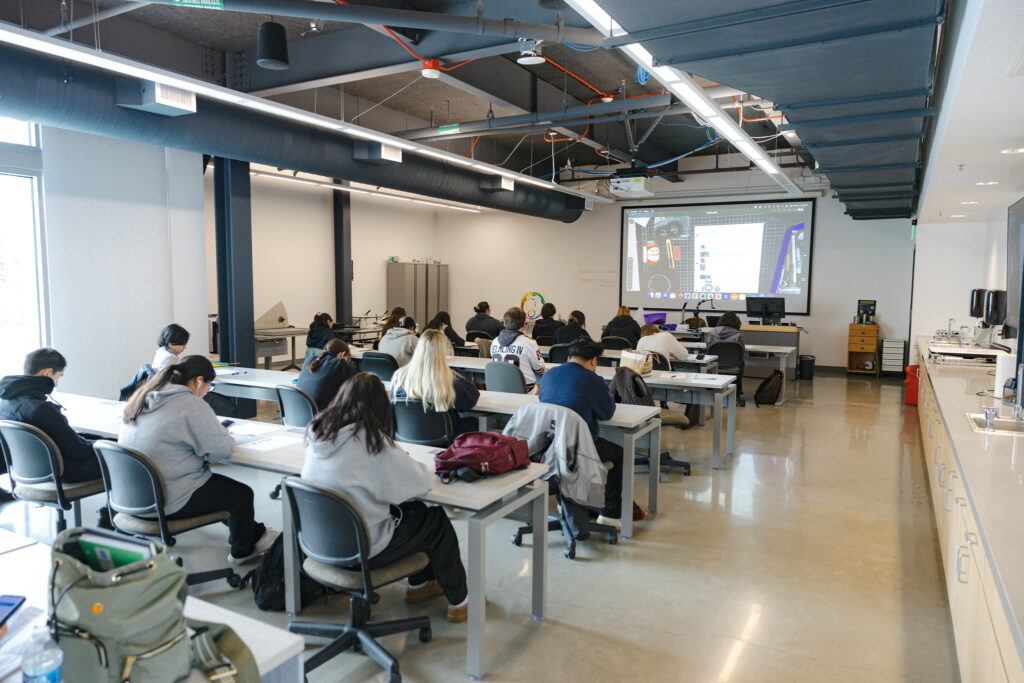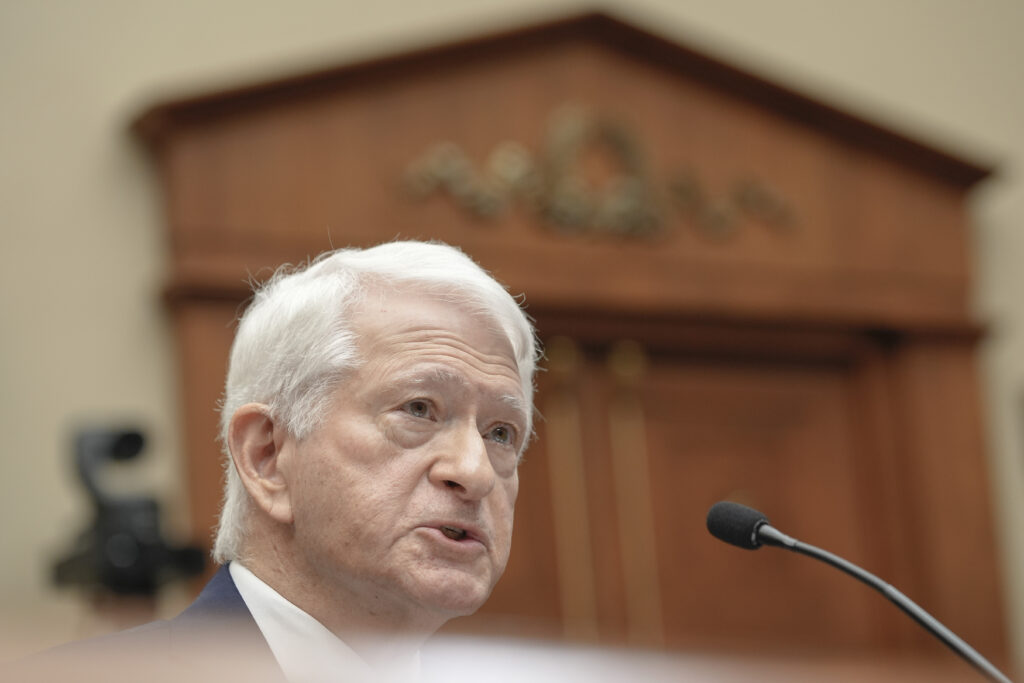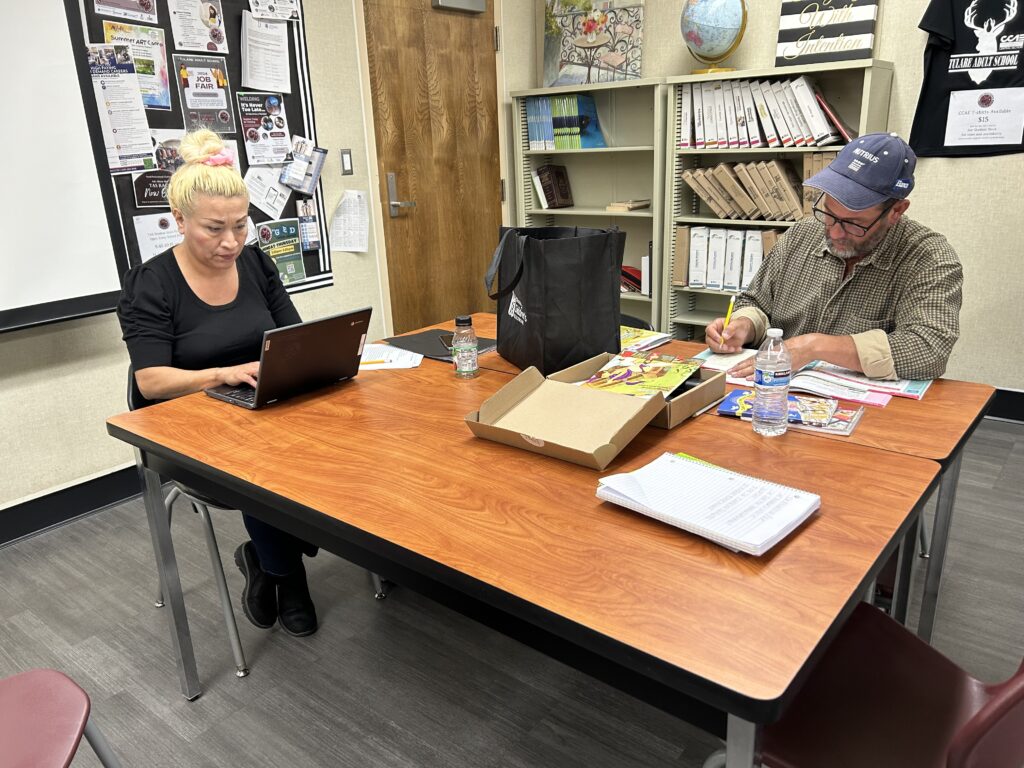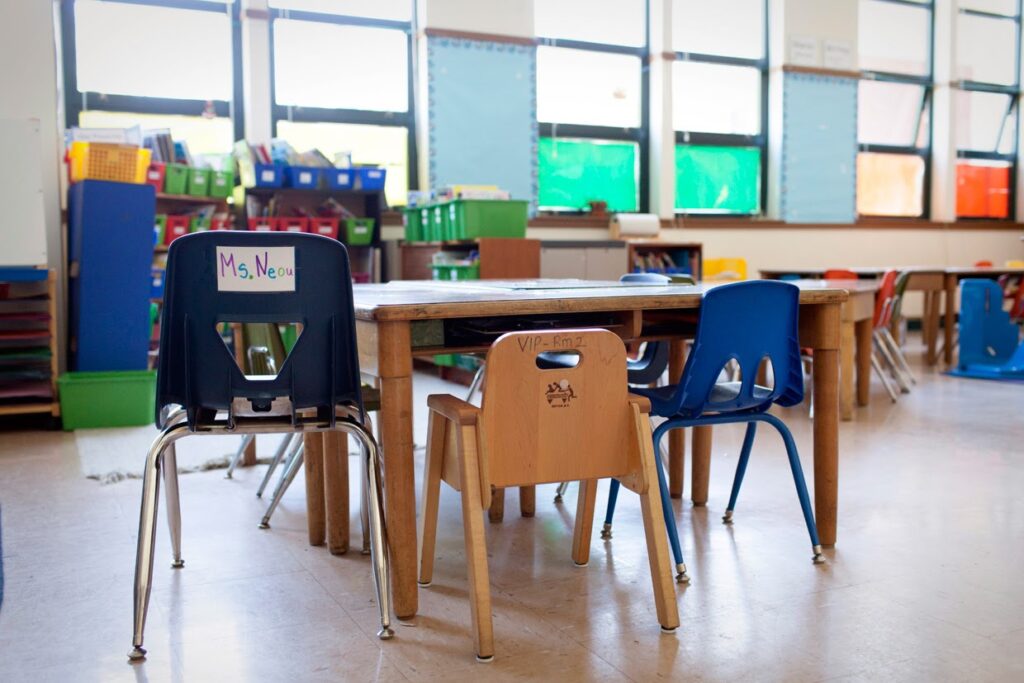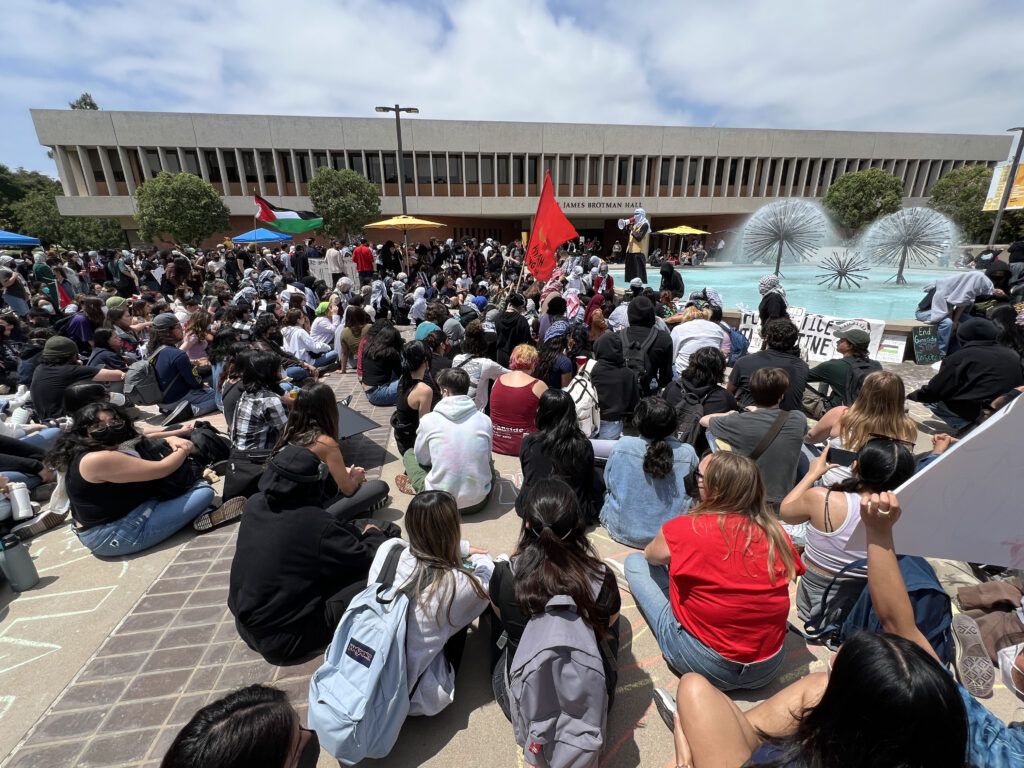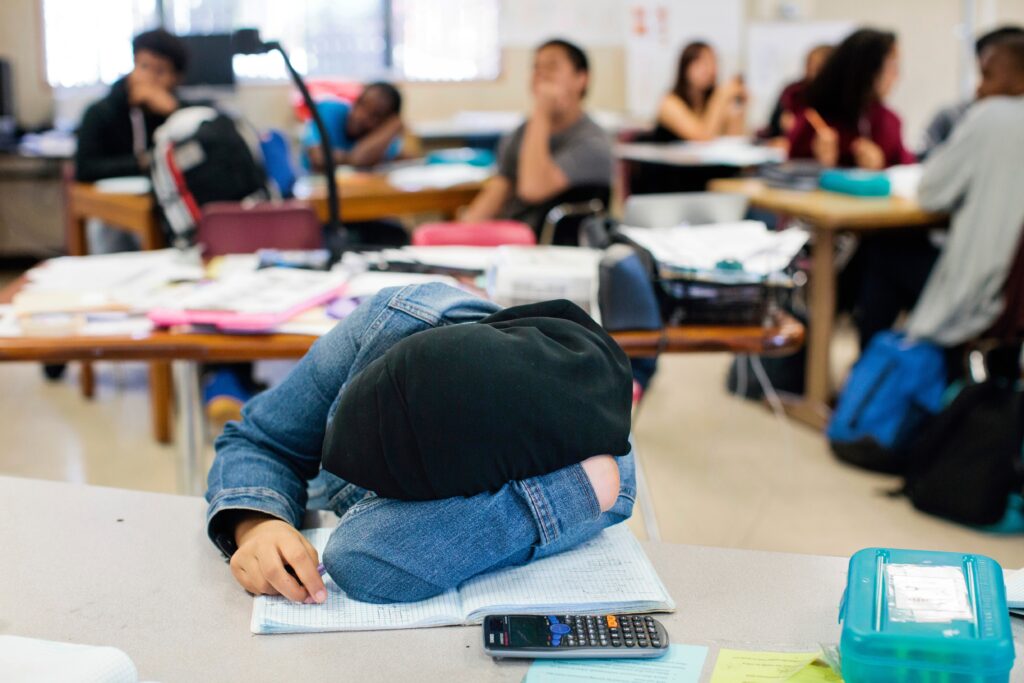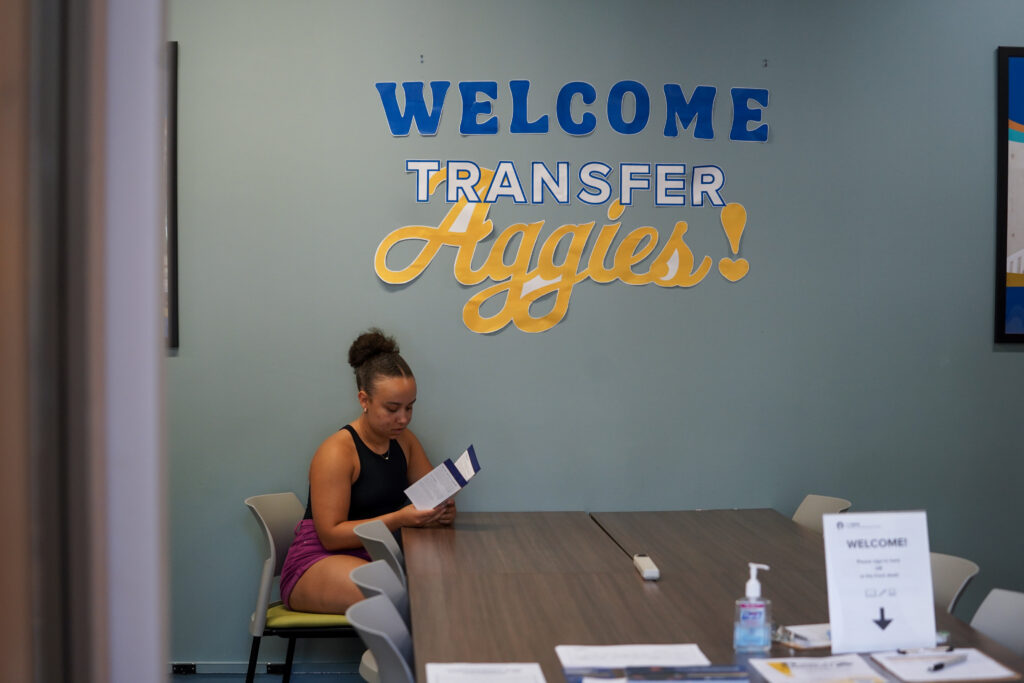The rollout of Proposition 28, which gives $1 billion for arts education every year, has caused confusion among districts throughout California as many look to expand opportunities available to students.
Despite the hurdles, bringing arts education into schools in an equitable way is possible with the right team, according to panelists at EdSource’s March 21 Roundtable discussion, “Raising the curtain on Prop 28: Can arts education help transform California schools?”
“We have the funding to do great things,” said Marcos Hernandez, the principal of the International Studies Learning Center at Legacy High School in Los Angeles Unified. “But we all have to be committed, and we have to listen to the students.”
‘The glue that holds a good education together’
When University of California Irvine student and panelist Matthew Garcia-Ramirez was in middle school, his 30-minute art classes changed everything.
As a high school student grappling with personal losses during the height of the Covid-19 pandemic, Garcia-Ramirez got into the California State Summer School for the Arts, where he received a piece of advice that stuck with him: “You can remember you can learn all the fancy words you need for poetry, but what you have is something special. It’s your voice.”
That opportunity led Garcia-Ramirez to receiving a scholarship for college — and he isn’t alone in experiencing the transformative impacts of an arts education.
Several panelists discussed the importance of arts education — particularly in a post-pandemic world — and its ability to keep students engaged.
According to Letty Kraus, director of the California County Superintendents Statewide Arts Initiative, chronic absenteeism throughout the state, which has surged by 30% since 2018, can be improved when students have access to arts education. The exposure is associated with improved attendance.
“It’s a 21st century learning skill. It’s so necessary, and I just think that a lot of people think in an old-fashioned way about arts education,” said Malissa Feruzzi Shriver, co-founder of Turnaround Arts: California, a nonprofit that works in elementary and middle schools across the state, who emphasized the importance of seeing arts as “applied creativity.”
“It’s a child with a crayon or a paintbrush, or what if my child doesn’t want to be a musician? It’s much broader and more impactful than that.”
Implementing Proposition 28
While Proposition 28 was designed to give twice as much money to kids who are in lower income communities, the law’s implementation so far deserves a C-minus, said former LAUSD Superintendent Austin Beutner.
Under the law, Proposition 28 funds are specifically designed to supplement, and not supplant, existing funding, Beutner said.
“Some school districts either don’t wish to recognize the plain language of the law or are willfully violating the law,” Beutner said. “And they’re using money to backfill existing programs.”
Beutner said that the California Department of Education, which has been tasked with overseeing Proposition 28 funds, has been “relatively circumspect on this.” He called for the state auditor to get more involved.
“This is the first full year, and it’s going to set a precedent,” Beutner said. “If school districts are allowed to willfully just flat out violate the law, what’s going to happen next year or the year after?”
Supporting arts programs
While some districts are confused about how to implement Proposition 28, others are working to build arts programs from the ground up.
Schools that have “disinvested in the arts over the years don’t have that expertise in-house, and they need help,” said Jessica Mele, the interim executive director of Create CA, which advocates for high quality arts education for all students. “They’re struggling to know what kind of decisions to make when it comes to building an arts education program from scratch. That’s where we see some inequities.”
From developing strategic plans to incorporating professional development opportunities for teaching artists seeking more stability, panelists emphasized that partnerships are critical — as is the need to cultivate a demand from students and families.
“Education is here for us, the students. It’s here to serve us, and we have a voice at the table. So please use that voice because that is very important,” Garcia-Ramirez said.
“Use the public comment at your school district’s meetings; ask your principal questions; there is a seat for you at the table, and if there isn’t, please make one for yourself.”

